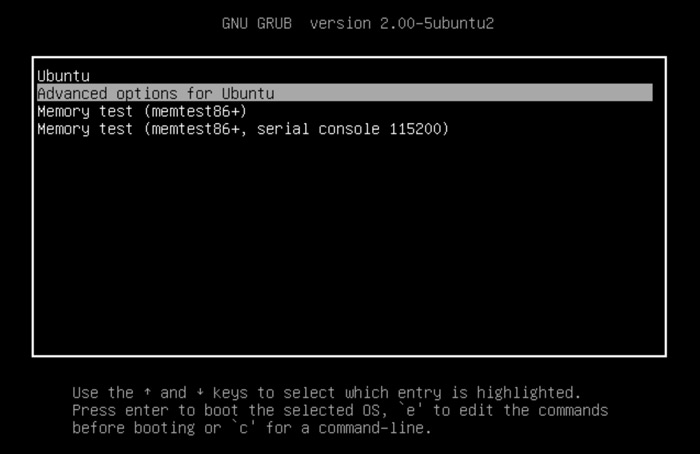Introduction
Grub (Grand Unified Bootloader) is a popular bootloader used in most Linux systems. It is responsible for loading the operating system into the memory during boot time. Grub Edit is a tool used to edit the configuration file of the Grub bootloader. In this article, we will explore how to use Grub Edit to modify the Grub bootloader configuration file.
Also read: Trick to work with grep
What is Grub Edit?
Grub Edit is a tool used to modify the Grub bootloader configuration file. The configuration file is located at “/etc/default/grub” in most Linux systems. It contains various settings and parameters that control how the bootloader operates during the boot process. Using Grub Edit, you can modify these settings and parameters to suit your specific needs.
How to Use Grub Edit
Using Grub Edit is a simple process. Here are the steps:
Open a terminal window.
Type “sudo nano /etc/default/grub” to open the Grub configuration file in the Nano editor. You will need to enter your password to gain root privileges.
Edit the configuration file as needed. You can modify parameters such as the default operating system to boot, the timeout for booting, and other options.
Once you have made your changes, save the file by pressing “Ctrl + X”, then “Y”, then “Enter”.
Finally, update the Grub bootloader by running the command “sudo update-grub”. This will apply the changes you made to the Grub configuration file.
Common Uses of Grub Edit
Grub Edit can be used for a variety of purposes. Here are some of the most common:
Changing the Default Operating System: By default, Grub will boot into the first operating system in the list. However, using Grub Edit, you can change the default operating system to any other operating system in the list.
Modifying the Boot Timeout: The Grub bootloader has a timeout value that determines how long it will wait before automatically booting the default operating system. This timeout value can be modified using Grub Edit.
Adding Boot Parameters: Grub Edit can be used to add boot parameters to the bootloader configuration file. This is useful for troubleshooting boot issues or for adding custom parameters to the boot process.
Conclusion
Grub Edit is a powerful tool that allows you to modify the Grub bootloader configuration file to suit your specific needs. By using Grub Edit, you can change the default operating system, modify the boot timeout, and add boot parameters. This can be particularly useful for troubleshooting boot issues or for customizing the boot process to meet your specific requirements. Overall, Grub Edit is a valuable tool for any Linux user looking to gain greater control over their system’s boot process.














Add Comment